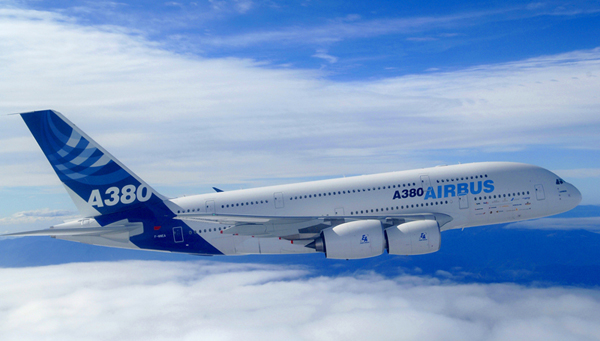Brazil will require nearly 1,100 new aircraft in next 20 years

World’s fourth largest passenger traffic market expects demand worth $160 billion
According to the latest Airbus Global Market Forecast (GMF), Brazil will need 1,060 new aircraft between 2012 and 2031. The 700 single-aisle, 310 twin-aisle and 50 very large aircraft forecasted have an estimated current market value of $160.7 billion and are expected to help meet the demand of domestic and foreign carriers as well as addressing the country’s rapidly growing air travel market.
With a GDP currently growing above the world average, socioeconomic indicators predict Brazil’s economy to more than double over the next 20 years. The country’s domestic air traffic market, has doubled since 2006, helping make Brazil the fourth largest passenger traffic market worldwide, following the US, China and Japan.
International traffic has grown by 34 percent since 2009, with foreign carriers largely making up the increased market share. As a key destination for international tourism and one of the world’s top 10 metropolitan areas, more than a third of long-haul traffic to Latin America arrives through Brazil, making Sao Paulo and Rio de Janeiro the region’s major gateways. To address increased demand, very large aircraft, such as the A380, are now poised to meet international air traffic requirements needed to serve long-haul flights to Brazil.
“Each day, Brazil becomes a stronger candidate for the A380,” said Rafael Alonso, Executive Vice President of Airbus for Latin American and the Caribbean. “Capable of carrying 525 passengers in a three-class configuration, the A380 is the best solution to alleviate Brazil’s increasing air traffic congestion. Because of its unbeatable unit costs and performance, the A380 should be the clear aircraft choice for airlines operating into Brazil, especially in light of the upcoming World Cup and Olympic Games.”
According to the World Travel and Tourism Council, Brazil’s tourism industry is and will remain an important contributor to the economy, with more than 5 percent contribution to the country’s GDP and nearly 3 percent contribution to its employment.
According to the Airbus GMF, in the next 20 years Latin American airlines will require more than 2,100 new aircraft, including 1,660 single-aisle, 420 twin-aisle and 40 very large aircraft, estimated at approximately $242 billion. Globally, by 2031 some 28,200 new aircraft valued at $4.0 trillion will be required to satisfy future robust market demand.
With more than 700 aircraft sold and a backlog of almost 350, over 450 Airbus aircraft operate throughout Latin America and the Caribbean. In the last 10 years, Airbus has tripled its in-service fleet, while delivering more than 60 percent of all aircraft operating in the region.
